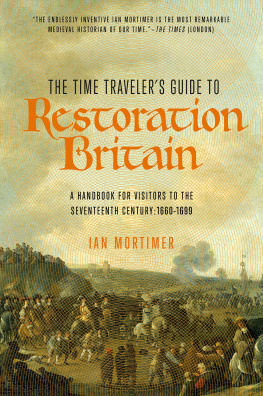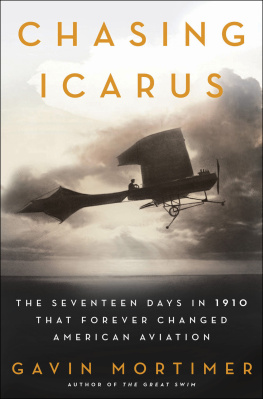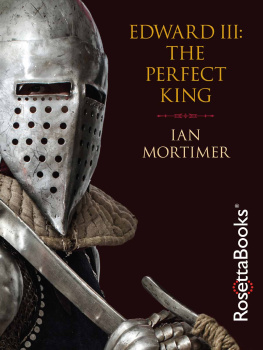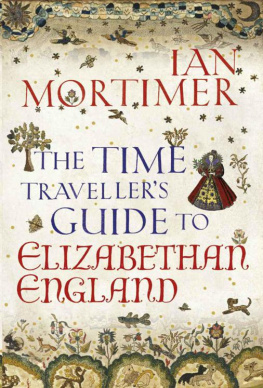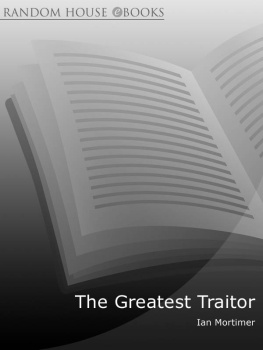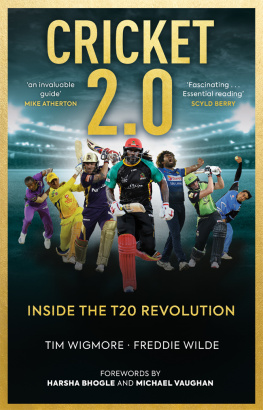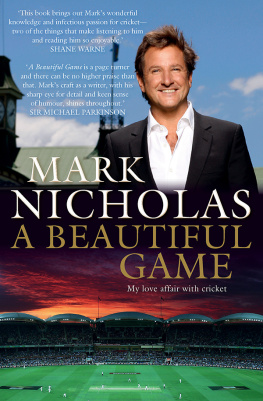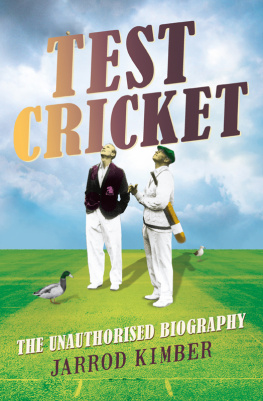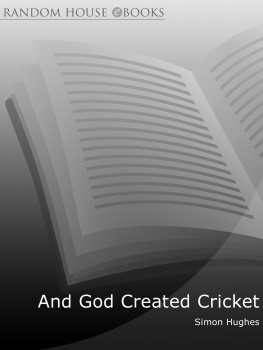Gavin Mortimer is an award-winning writer and journalist. He is the author of A History of Football in 100 Objects (published by Serpents Tail), Puffins Ultimate Guide to Cricket, and Fields of Glory, which was voted one of the best books of 2001 by Robin Marlar of The Cricketer. He is the sport correspondent for The Week.
A HISTORY OF CRICKET IN 100 OBJECTS
GAVIN MORTIMER

A complete catalogue record for this book can be obtained
from the British Library on request
The right of Gavin Mortimer to be identified as the author of this work
has been asserted by him in accordance with the Copyright, Designs and
Patents Act 1988
Copyright 2013 Gavin Mortimer
All rights reserved. No part of this book may be reproduced, stored in a
retrieval system or transmitted in any form or by any means, electronic,
mechanical, photocopying, recording or otherwise, without the prior
permission of the publisher.
First published in 2013 by Serpents Tail,
an imprint of Profile Books Ltd
3A Exmouth House
Pine Street
London EC1R 0JH
website: www.serpentstail.com
ISBN 978 1 84668 940 6
eISBN 978 1 84765 959 0
Designed and typeset by sue@lambledesign.demon.co.uk
Printed and bound in Great Britain by
CPI Bookmarque Ltd, Croydon, Surrey
10 9 8 7 6 5 4 3 2 1

For Margot, when she comes of cricket age
Contents
16th and 17th centuries
18th century
19th century
20th century: 1900 to 1945
1946 to 1979
1980 to 1989
1990 to 1999
21st century
Introduction
Weve done it! A history of cricket in 100 objects. If we had a helmet on wed remove it, kiss the badge and then wipe our brow. Instead well raise our pen in recognition of reaching three figures because its been no easy task. How can you chronicle in 100 objects a sport that has been played for more than 500 years? Initially we came up with a list of more than 200 objects before cutting as lavishly as Sachin Tendulkar until we were down to a ton of cricketing trivia.
No doubt some will question our object selection the way they might question Kevin Pietersens shot selection as he lofts a catch to deep square leg on 97. But in selecting our century of objects (of which all had to be inanimate) we have endeavoured to chart how cricket spread from being the most English of pastimes to become a sporting obsession from Barbados to Brisbane to Bombay.
We have followed the changes in laws, tools, technology, attitudes and format, but we have also, we hope, shown that over the centuries one aspect of this great game has remained constant the spirit in which cricket is played.
We accept that some will disagree with our final choice of objects, but then isnt questioning selectors decisions one of crickets core appeals? So, as we retire to the pavilion to enjoy a cheese-and-pickle sandwich and a nice cup of tea, well leave you to carry on the innings. Good luck, and watch out for the googlies.
OBJECT 1
Roundhead helmet
Hundreds of pages have been written on the origin and early history of cricket, explained A.G Steel, a former teammate of W.G. Graces in the England side of the 1880s, and the Hon. Robert Henry Lyttelton in their tome on the game entitled Cricket. The Egyptian monuments and Holy Scriptures, the illuminated books of the Middle Ages, and the terra-cottas and vases of Greece have been studied, to no practical purpose, by historians of the game.
And they wrote that in 1888! One hundred and twenty years later tens of thousands of trees have been felled in printing books which attempt to unravel the origins of cricket, but still the mystery remains.
One of the principal points on which cricket historians disagree is whether cricket is derived from the medieval game of club-ball. The Reverend James Pyecroft was sure on the subject, writing in the nineteenth century that club-ball we believe to be the name which usually stood for cricket in the thirteenth century. But a contemporary of Pyecrofts, Nicholas Felix, pooh-poohed the idea, commenting that club-ball was a very ancient game and totally distinct from cricket.

Nor is much credence given these days to the idea that a young Edward II played a form of cricket, passed down to him by his grandfather, Henry III, King of England from 1216 to 1272.
Things become clearer towards Tudor times, all thanks to a fifty-nine-year-old gentleman called John Derrick. In 1598, the fortieth year of Elizabeths reign, Derrick was embroiled in a legal dispute over a plot of land in Guildford. Called to testify in a Guildford court, Derrick explained that, as a local schoolboy, hee and diverse of his fellows did runne and play there at creckett and other plaies.
So there we have it, cricket was definitely being played on village greens in the mid-sixteenth century. Perhaps Henry VIII was a fan, what with his reputation for maidens. By the early seventeenth century references to cricket were common. In 1611 boyes played at crickett with a cricket-staffe, while Maidstone in Kent was damned as a very profane town in the 1630s on account of morris dancing, cudgel playing, stoolball, crickets, and many other sports openly and publickly on the Lords Day.

More to contend with than a few dozen peasants playing cricket on a Sunday
Such a sentiment reflected the increasing spread of Puritanism throughout England in the first half of the seventeenth century. As its joyless influence grew, so cricket lovers were persecuted for their passion; eight players in Sussex were fined for playing the game in 1637 and seven men of Kent were ordered to pay two shillings each after admitting theyd taken guard on the Sabbath.
But soon England had more pressing matters to contend with than a few dozen peasants playing cricket on a Sunday. In 1642 civil war erupted between the Royalist supporters of Charles I and Oliver Cromwells Roundhead army, culminating in the execution of the king in 1649. Cromwell became Lord Protector of the Commonwealth of England, Scotland and Ireland and, even though he was rumoured to have played cricket in his youth, his government had no time for the game. Puritanism was tough on recreation and it is unsurprising that cricket was targeted, wrote John Major, who, like Cromwell, represented the constituency of Huntingdon while a Member of Parliament. The austere piety of the Puritans belief, and their determination to make people devout, was bound to be in conflict with the exuberant joy of a ball game.
Consequently, many well-heeled Royalist sympathisers retired from London to their country seats in Kent and Sussex. Here they were exposed for the first time to cricket, taking up the game out of sheer boredom, and when they returned to the capital following the Restoration in 1660 they brought with them their new pastime.
Cromwell was dead, Charles II was king and England was no longer in thrall to the Puritans. Theatres and taverns reopened, gambling and prostitution thrived and cricket began to take hold among the great and the good of London. In a year or two it became the thing in London society to make matches and to form clubs, wrote cricket historian Harry Altham. Thus was inaugurated that regime of feudal patronage which was to control the destinies of the game for the next century or more.
Next page

